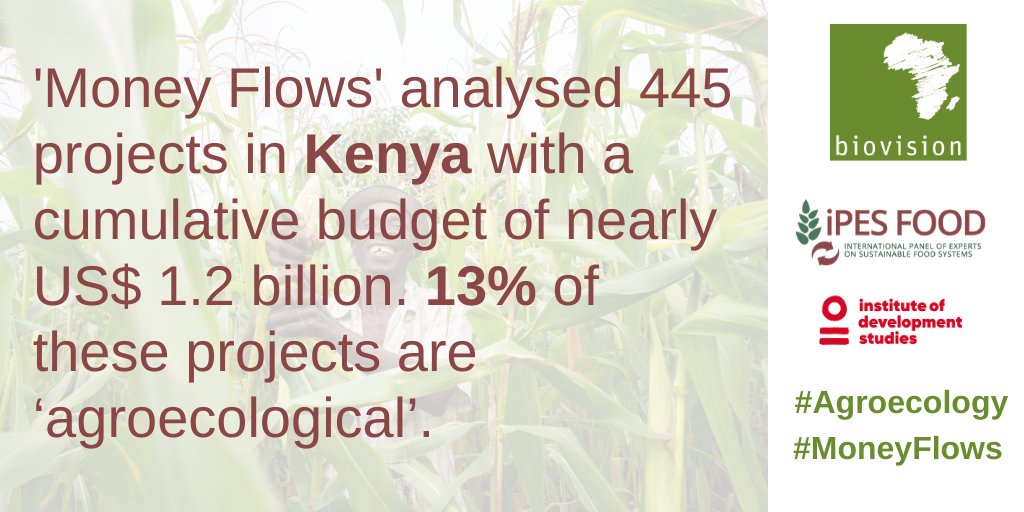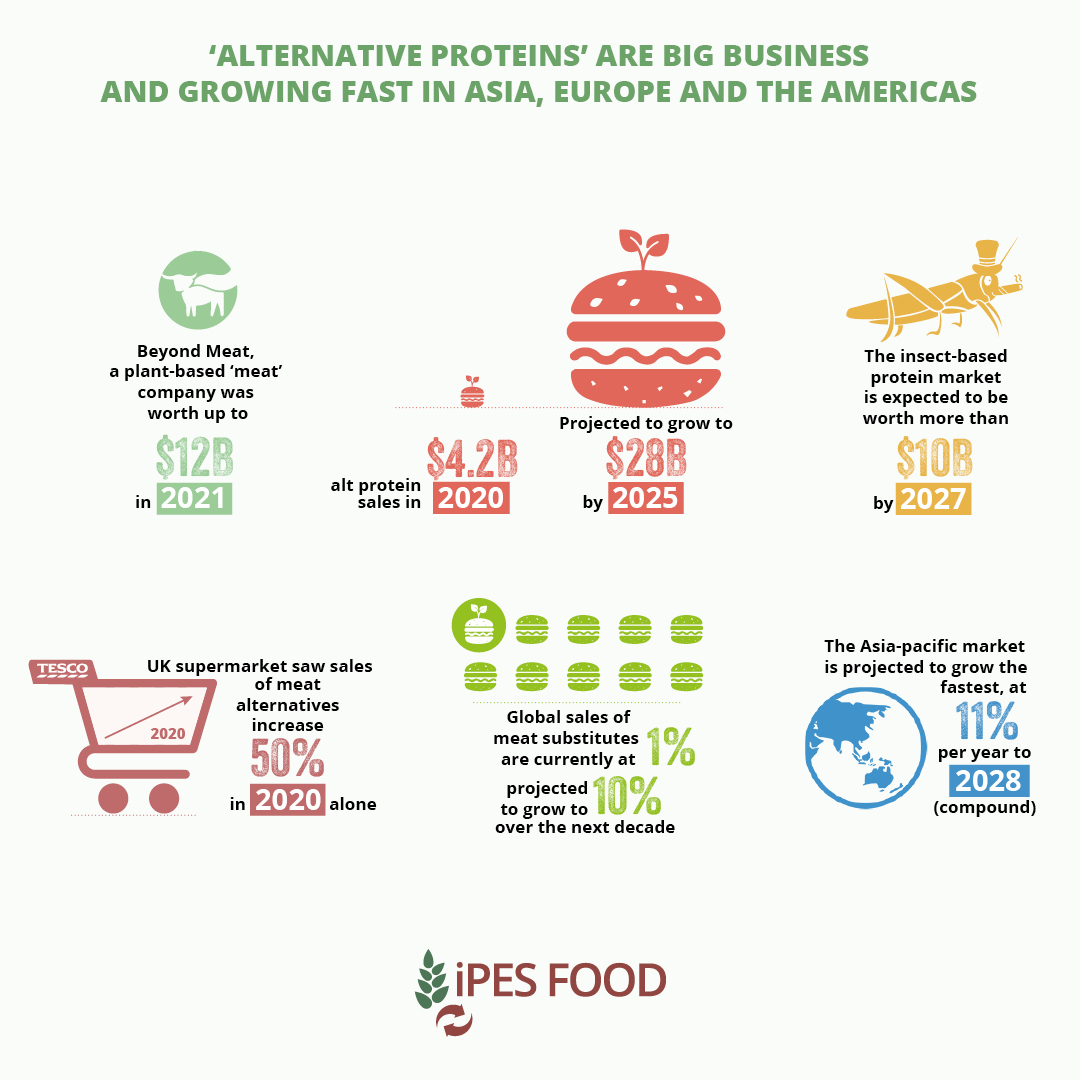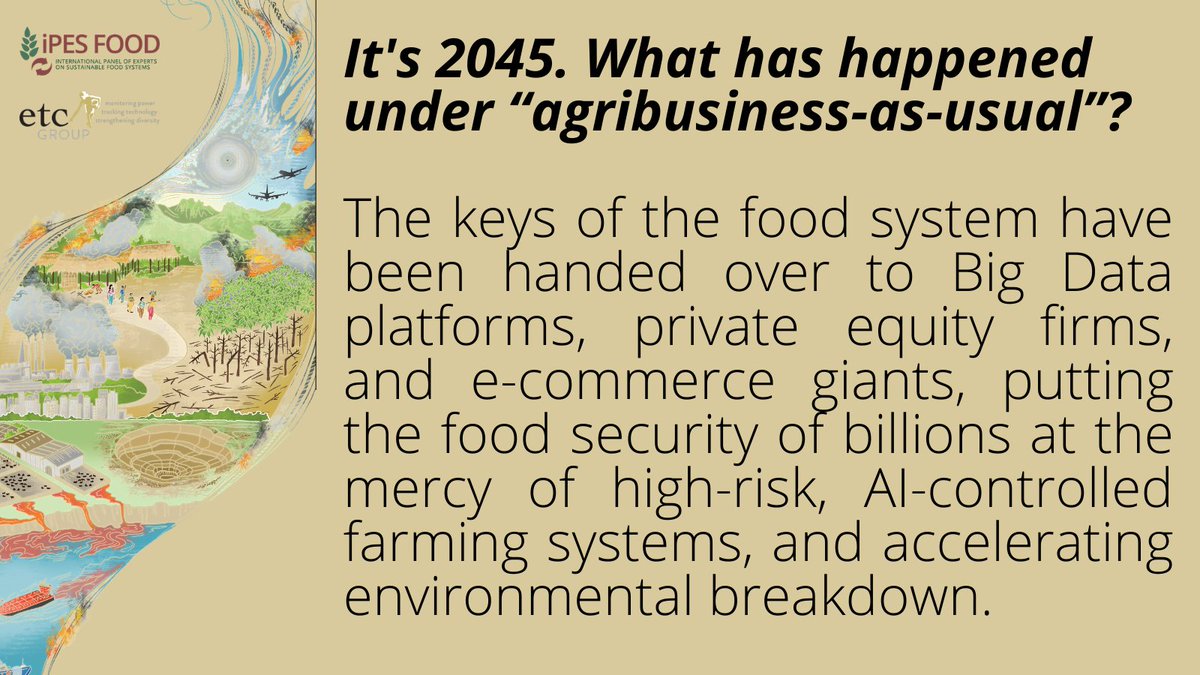NEW 📰 The #MoneyFlows report by Biovision, IPES-Food & IDS is out! We look at financial flows in #foodsystems & find out just what is holding back investment in agroecological research in #Africa! 🌱🌍
👉 agroecology-pool.org/MoneyFlowsrepo…
@FutureForAll @IPESfood @IDS_UK 🌿#Agroecology
👉 agroecology-pool.org/MoneyFlowsrepo…
@FutureForAll @IPESfood @IDS_UK 🌿#Agroecology

#MoneyFlows shines a light on some of the most contentious flows of all 💵 We look at investments by:
➡️ The Bill & Melinda @gatesfoundation
🔎 agroecology-pool.org/download/3279/
➡️ #Kenya-n research institutes 🇰🇪
🔎 agroecology-pool.org/download/3282/
➡️ #Switzerland 🇨🇭
🔎 agroecology-pool.org/download/3285/

➡️ The Bill & Melinda @gatesfoundation
🔎 agroecology-pool.org/download/3279/
➡️ #Kenya-n research institutes 🇰🇪
🔎 agroecology-pool.org/download/3282/
➡️ #Switzerland 🇨🇭
🔎 agroecology-pool.org/download/3285/


What is #agroecology & why are investments in agroecological #research so vital? 🌱🌾🌻
🔎 Check out the #MoneyFlows fact sheets & find out how @gatesfoundation & #Kenya investments lag well behind, while #Switzerland fares better.
👉 agroecology-pool.org/download/3275/
#Yes2Agroecology
🔎 Check out the #MoneyFlows fact sheets & find out how @gatesfoundation & #Kenya investments lag well behind, while #Switzerland fares better.
👉 agroecology-pool.org/download/3275/
#Yes2Agroecology

New report, ok. But why financial flows in #Africa? And why agroecological research?
💡#MoneyFlows are still controlled by powerful actors. We need to understand how they impact the choice of agricultural research for #development projects (#AgR4D).
👉 ipes-food.org/pages/MoneyFlo…
💡#MoneyFlows are still controlled by powerful actors. We need to understand how they impact the choice of agricultural research for #development projects (#AgR4D).
👉 ipes-food.org/pages/MoneyFlo…

In #Kenya 🇰🇪 #agroecology is on the rise, thanks to the efforts of @kalromkulima & others. But most investments in #agriculture still reinforce an industrial status quo.
Fact sheet 👉 ipes-food.org/_img/upload/fi…
Full report 👉 ipes-food.org/pages/MoneyFlo…
#MoneyFlows @aya_chebbi
Fact sheet 👉 ipes-food.org/_img/upload/fi…
Full report 👉 ipes-food.org/pages/MoneyFlo…
#MoneyFlows @aya_chebbi

For the #MoneyFlows report, our analysis didn't just stop at @gatesfoundation & #Kenya 🇰🇪
We also took a close look at funding by #Switzerland 🇨🇭 which has a strong commitment to agri-#development in sub-Saharan #Africa.
Swiss fact sheet👉 ipes-food.org/_img/upload/fi…
We also took a close look at funding by #Switzerland 🇨🇭 which has a strong commitment to agri-#development in sub-Saharan #Africa.
Swiss fact sheet👉 ipes-food.org/_img/upload/fi…

The #MoneyFlows report looks at funding for #agroecology, precisely *because* as a planet, we face multiple, serious challenges 🌍
❗️ pressures on #land & #water
❗️ #health problems
❗️ #climatechange
So agroecological #research is important 🌿🌻🌾
➡️ ipes-food.org/pages/MoneyFlo…
❗️ pressures on #land & #water
❗️ #health problems
❗️ #climatechange
So agroecological #research is important 🌿🌻🌾
➡️ ipes-food.org/pages/MoneyFlo…

• • •
Missing some Tweet in this thread? You can try to
force a refresh



















